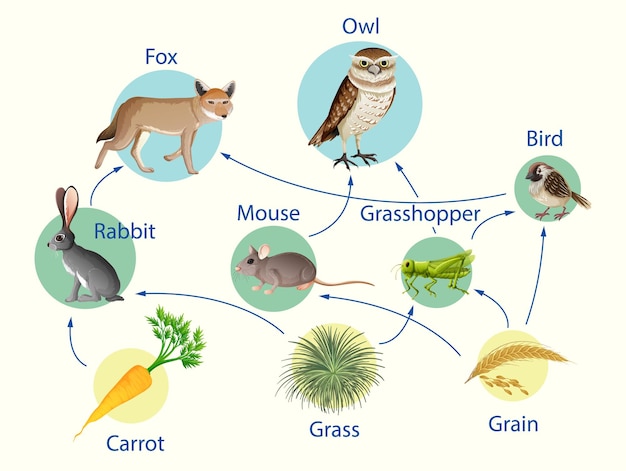

But even the aquatic food chains that follow expected patterns can be fascinating.ĭecomposers play a crucial role here too, as aquatic decomposers distribute nutrients not just into the soil, but throughout the water column, feeding the plankton that form the base of all aquatic food chains. The most famous example is chemosynthesis, which we'll cover later. Much of the ocean remains unexplored, and food chains in water-based environments are often complex and surprising to us land-dwellers.
Grass - grasshopper - frog - snake - eagleĪquatic food chains are where things get interesting. Decayed plants - worms - birds - eagles What is a food chain and why does it matter As these food chain examples show, all living things use it to survive. Dead plants - centipede - robin - raccoon. Nectar (flowers) - butterflies - small birds - foxes. By eating and excreting, decomposers return the nutrients of dead organisms to the soil, which nourishes the plants that start the chains all over again. Organisms ranging from bacteria and maggots to the noble cockroach feed on the dead, and in doing so break them down into the nutrients that keep the food chain going. One fascinating break in that pattern is the omnipresent decomposer. Everything ultimately derives its energy from the sun, and most food chains follow the pattern "herbivore, carnivore, maybe another carnivore or two, apex predator." But there is an almost endless diversity within that pattern and even a few chains that break it. 
Land-based food chains represent the most familiar forms of nature to humans.






 0 kommentar(er)
0 kommentar(er)
